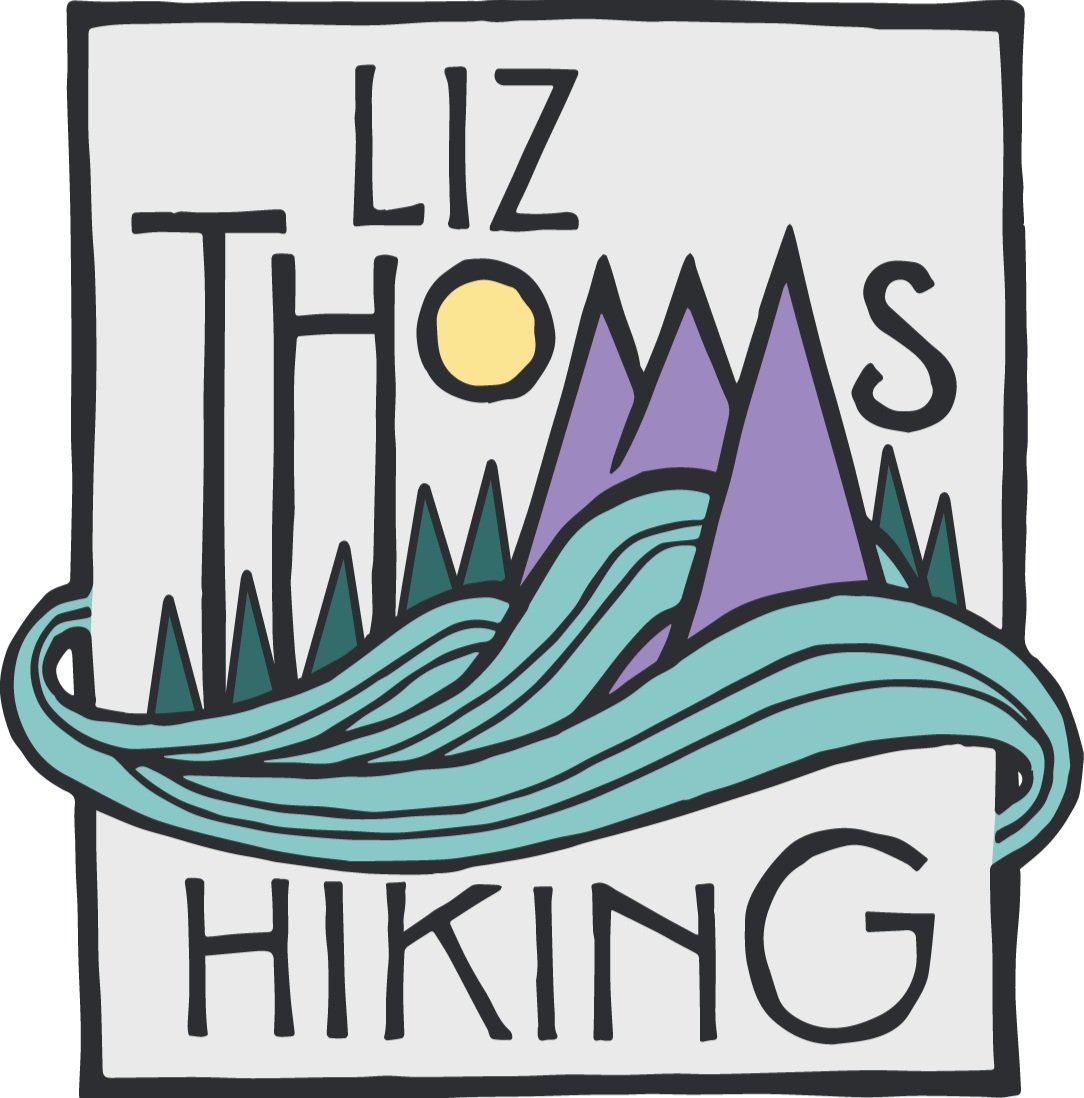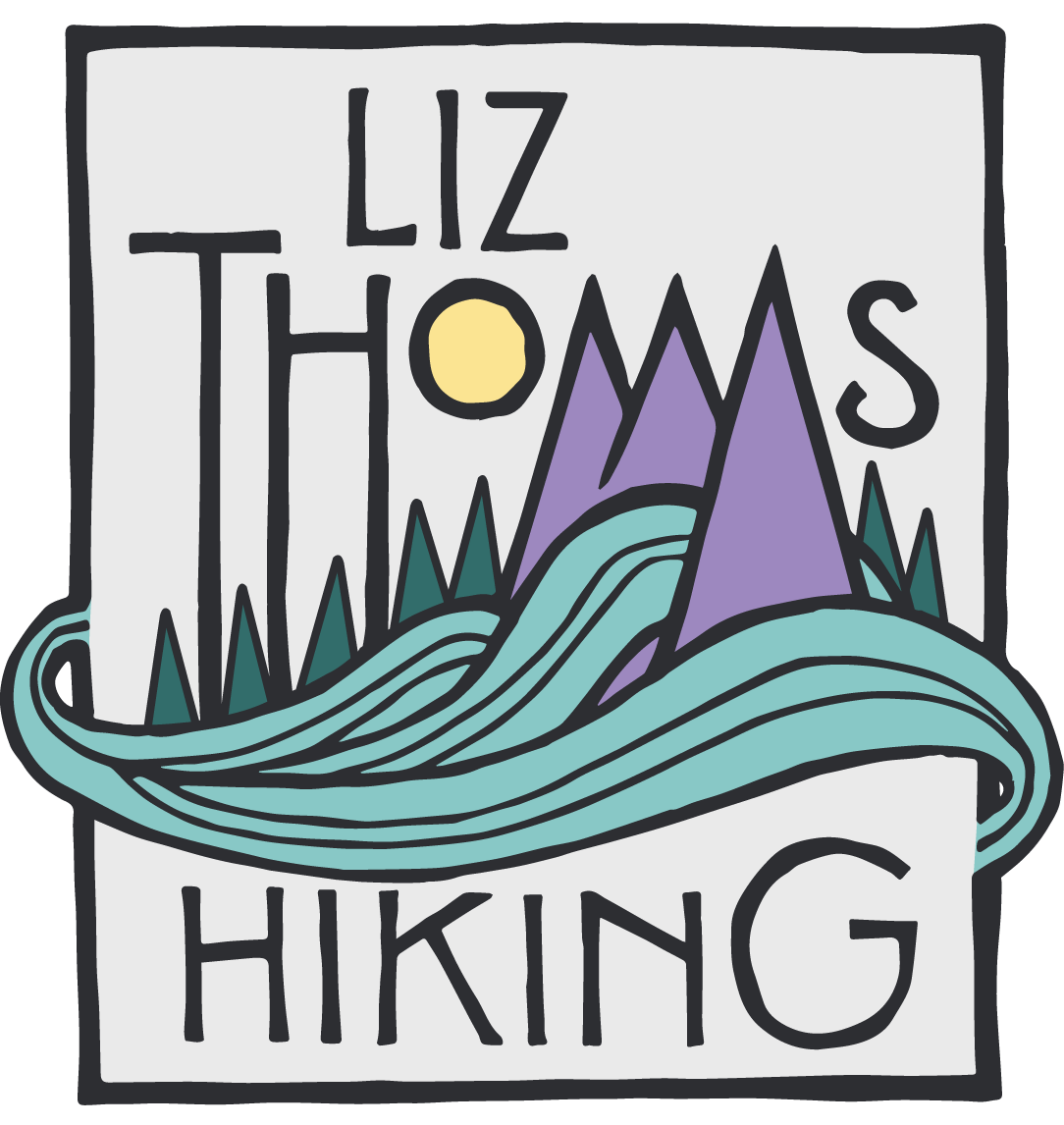Mushroom Hike Trip Report
Lobster mushrooms and golden chanterelles
I’ve done some hiking, and done some eating, but never before has hiking actually yielded me more food than I started the trip with!
This fall, I went on my first mushroom forage with mycologist extraordinaire Lara from Portland, OR. I had always imagined mushroom foraging to be like hiking, except taking breaks here and there to pick some fungi. In fact, mushroom foraging is very different. I learned a lot on this trip, and got a taste of a new outdoor hobby with as many quirks, rules, and advice as any outdoor activity I know.
The amazing mushroomologist, Lara
Lara drove us out to a top secret location in Gifford Pinchot National Forest. After a mile on-trail, it was obvious that other foragers had been through recently as the path was lined with the abandoned stems of numerous mushrooms. Not discouraged, we hopped off trail and hit the slopes. The bushwhacking in Pacific Northwest forests was steep and brushy, but, much as in hiking, it was amazing how just getting a little bit off the beaten path can be so rewarding.
A mushroom foraging trip is a great excuse to get outdoors in the fall
I quickly learned that mushroom foraging is a forest adventure not steeped in making miles! We walked in many circles and often chose the path of most resistance. Lara advised us that mushrooms tend to prefer the wetter southern facing slopes, so off we tromped up and down hills, with no care for where point A or point B were.
Can you find the mushroom in this photo?
At first, it was hard to spot the chanterelles, which popped up timidly from thick old man’s beard moss and pine needles. Once one of us spotted a mushroom patch, though, we all searched the area below. Lara explained that mushrooms reproduce through spores which tend to move downhill. Mushrooming, just like thru-hiking, has its own fascinating etiquette and one of the “rules” of the hobby is that after finding a patch, a forager should leave behind a goodly amount so that the mushrooms will continue to sustain themselves.
Mushrooming requires getting creative with your cross country travel
Once we found mushrooms, Lara explained that we should harvest the fungi by slicing the stem cleanly at an angle above the buds of newly forming mushrooms, aka the “babies”. Pulling a mushroom completely from the ground messes with the underground mushroom network, reducing the chances that new mushrooms will appear in the future.
Suzy, Lara, Suzy’s boyfriend, and I celebrate our mushroom haul
It was especially easy to find the bright red and aptly named Lobster Mushroom, which creepily is not actually a mushroom, but a parasitic fungus that eats other mushrooms! Unfortunately, the hot temperatures and lack of rain the Pacific Northwest had been experiencing rendered many of the Lobsters a little too squishy and stinky to pick, but we still found enough for our friend Allgood to cook up two batches of glorious Hungarian Mushroom soup. Surprisingly, we hauled in more of the rare white chanterelles than the common golden chanterelles, which Allgood fried up with butter, onions, and eggs for a mind-blowingly great breakfast.
You can order chanterelles and scrambled eggs at fancy restaurants, but they’ll never give you THIS many mushrooms!
What I love about hiking is moving with purpose, and mushroom foraging is moving with purpose as well—just with the goal of collecting fungi as possible instead of amassing miles. This trip gave me a small taste of the rabbit hole that is mushroom foraging and it is clear that there is a library’s worth of information to learn. I greatly look forward to next season when I can further partake in this hobby.
Have you ever been on a mushroom foraging trip?








